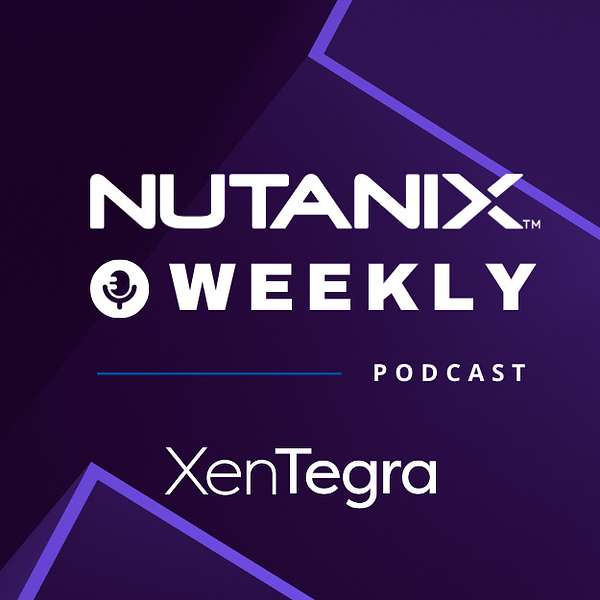
Nutanix Weekly
Join XenTegra on a journey through the transformative world of Nutanix’s hyper-converged infrastructure. Each episode of our podcast dives into how Nutanix’s innovative technology seamlessly integrates into your hybrid and multi-cloud strategy, simplifying management and operations with its one-click solutions. Whether you're operating on-premises or in the cloud, discover how Nutanix enables always-on availability, intelligent automation, and the operational simplicity that drives business forward. Tune in for expert insights, real-world success stories, and interactive discussions. Engage with us as we explore how to harness the full potential of your IT environment in this rapidly evolving digital landscape.
Nutanix Weekly
Nutanix Weekly: Understanding Layer 2 stretch in Nutanix Disaster Recovery-as-a-Service
Purpose
The infrastructure for Nutanix Disaster Recovery-as-a-Service (DRaaS) supports a tenant cluster and a production virtual private cloud (VPC) for each customer. Customers generally have production VMs running in their on-premises cluster, which is connected to the DRaaS VPC using an IPsec tunnel. This is used by the DRaaS workflow to replicate on-premises production data.
During a disaster recovery situation or while running disaster recovery tests, VMs will failover from on-premises to the DRaaS cluster. When this occurs, all VMs in one subnet of an on-premises network (e.g., 192.168.10.0/24) usually failover to DRaaS. If the customer chooses to preserve the IP, VMs in DRaaS come up with the same IPs as on-premises (e.g., 192.168.10.0/24 network).
In this type of disaster recovery situation, customers can choose which critical VMs are replicated to DRaaS. But in those cases, on-premises VMs cannot communicate with VMs in DRaaS.
Host: Andy Whiteside
Co-host: Harvey Green
Co-host: Jirah Cox
00:25:08 Harvey Green: https://www.nutanix.com/blog/understanding-layer-2-stretch-in-nutanix-disaster-recovery-as-a-service
00:25:31 Harvey Green: My layer 2 ain't stretchin! LOL